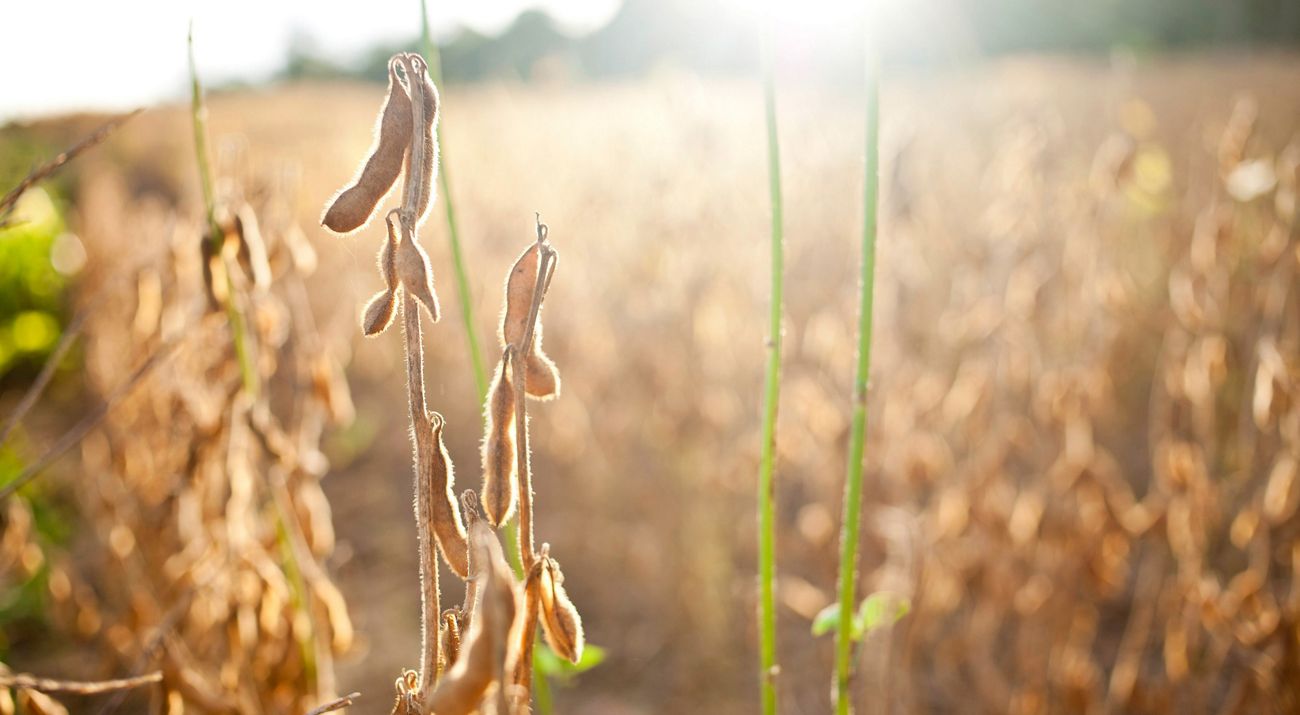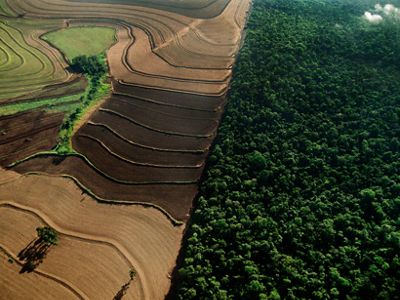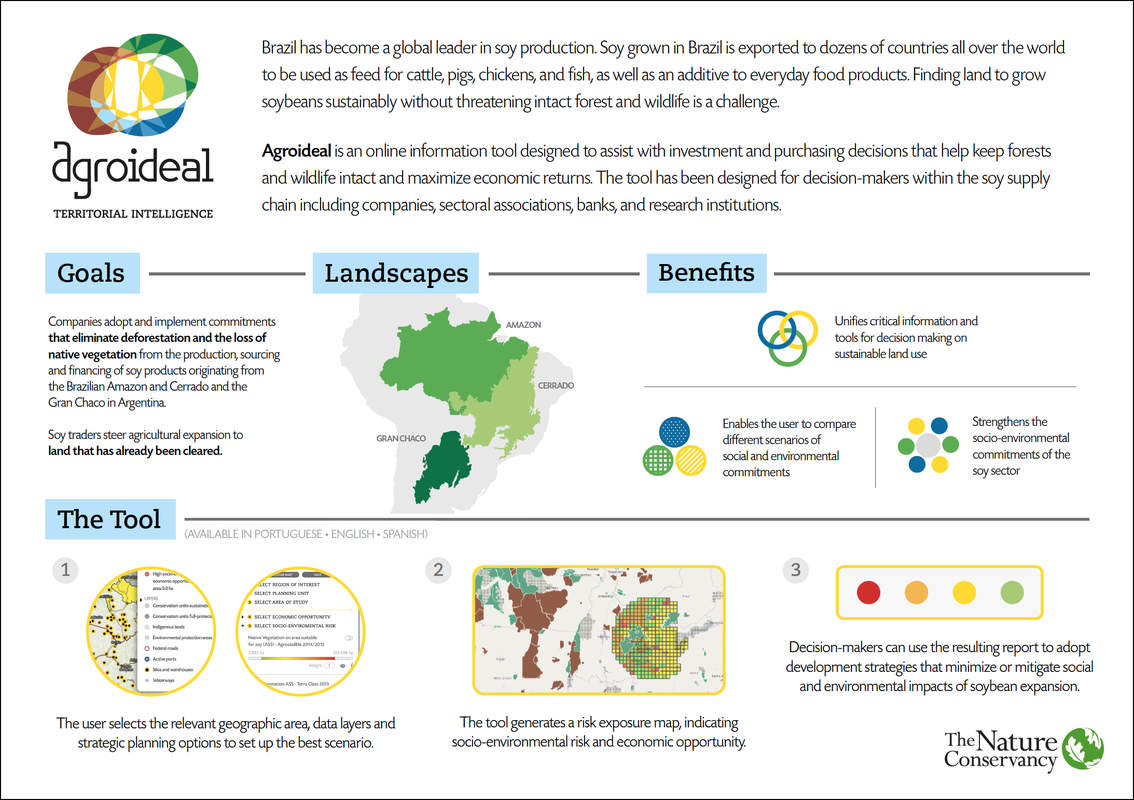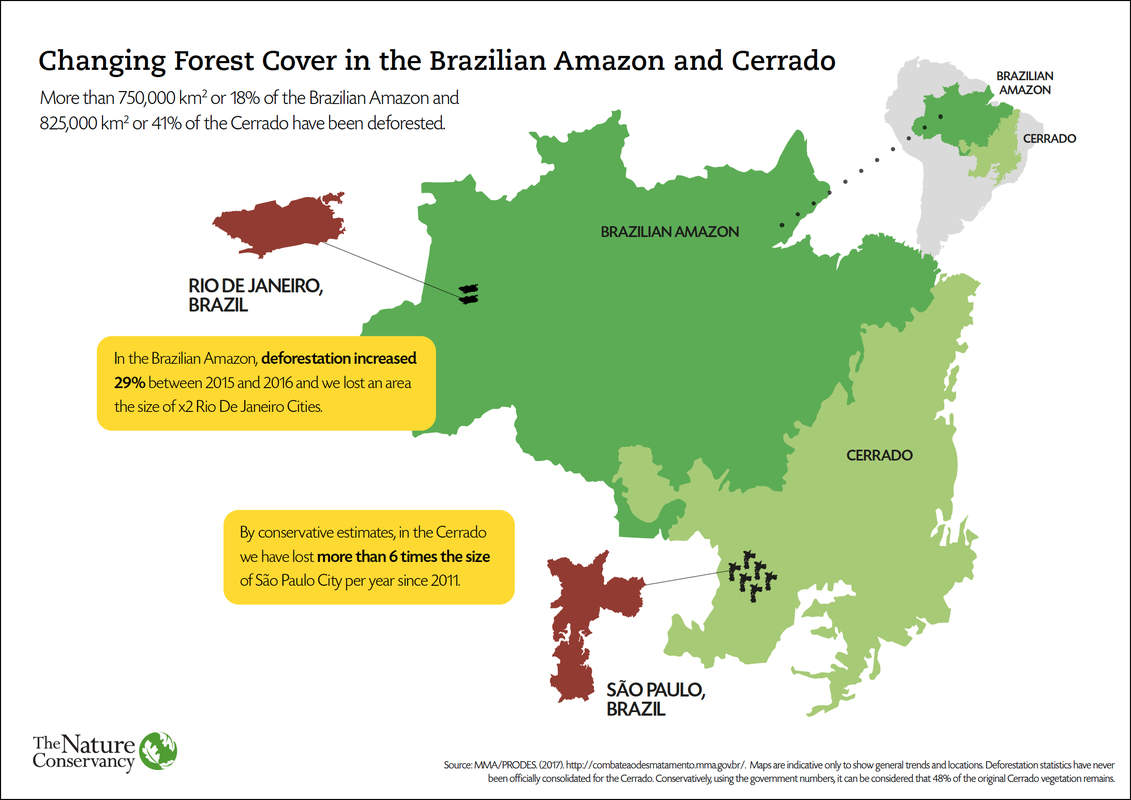
Few commodities are as ubiquitous as soy. A staple crop for both direct consumption and additives, soy is in margarine and mayonnaise, snack bars and salad dressings and protein powders. Soy oil is used for both cooking and packaging, and soy husks are a major source of livestock feed. It’s also in candles, crayons, upholstery, recycled newsprint, counter tops, particle board and any number of other everyday products.
Global demand for soy is rising and production is expanding rapidly, making it one of the main causes for the destruction of natural ecosystems in Latin America. In Brazil, which grows about a third of the world’s soy bean crop, expanding soy production is in some places driving the deforestation of threatened ecosystems like the Amazon and the Cerrado, a unique, biologically rich savannah. These habitats are not only home to species found nowhere else in the world—they are also major carbon sinks, and their further development could hinder efforts to mitigate climate change.

Managing soy’s growth is crucial if we want to preserve these ecosystems. Soy is one of Brazil’s biggest commodities, generating raw and processed exports worth more than US$24 billion in 2016—much of that going to China, where it helps feed a population of 1.4 billion and contributes to a US$12 trillion economy. The challenge at hand is to find land where it’s possible to grow soybeans sustainably and keep forests intact, while simultaneously maximizing economic returns.
It’s not an impossible situation—but it does require that companies and farmers in Brazil have access to more and better economic, social and environmental data. The newly expanded Agroideal, an online tool, is intended to fill this gap. Agroideal allows its users to generate a map of risk and sustainable opportunity exposure for a relevant region and then assess the threat of expansion over native vegetation. Users can incorporate this information into regional development strategies to plan expansion over land that has been previously cleared, reducing the conversion of natural areas and minimizing social and environmental impacts.
A joint effort of 18 global and Brazilian institutions, including traders, banks, consulting firms, research institutions and NGOs, Agroideal currently provides information on the Cerrado and Amazon regions in Brazil and identifies these risks and opportunities across more than 73 percent of the country. Future updates to the tool will expand into other regions of South America and incorporate parts of Argentina and Paraguay, too, and eventually include commodities besides soybeans—a beef-focused tool is already in initial planning stages.
Agroideal’s efforts support a growing movement by companies around the world to improve the sustainability of their supply chains. Dozens of major companies signed the UN Declaration on Forests and Climate in 2014, committing themselves to eliminating deforestation from beef, soy, palm oil and pulp/paper supply chains by 2020. Since Brazil is among the world’s biggest producers of beef and soy, it is a critical country for implementing those commitments.
Explore The Tool
AgroidealSuch commitments are crucial—because food production has a significant impact on our ability to meet global targets like the Paris Climate Agreement and the Sustainable Development Goals. To keep pace with rising standards of living and richer tastes, scientists and the United Nations estimate that the global food supply will actually have to increase by 40 to 50 percent, which could lead to greater pressure on landscapes around the world if growth isn’t managed carefully. If we’re going to feed a growing population while preserving habitat and minimizing climate change, we have to get smarter about how we produce all of our food.


